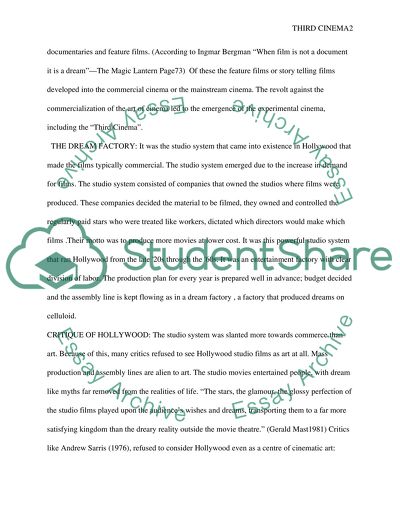Cite this document
(“The Third Cinema Essay Example | Topics and Well Written Essays - 2000 words”, n.d.)
The Third Cinema Essay Example | Topics and Well Written Essays - 2000 words. Retrieved from https://studentshare.org/design-technology/1554578-the-third-cinema
The Third Cinema Essay Example | Topics and Well Written Essays - 2000 words. Retrieved from https://studentshare.org/design-technology/1554578-the-third-cinema
(The Third Cinema Essay Example | Topics and Well Written Essays - 2000 Words)
The Third Cinema Essay Example | Topics and Well Written Essays - 2000 Words. https://studentshare.org/design-technology/1554578-the-third-cinema.
The Third Cinema Essay Example | Topics and Well Written Essays - 2000 Words. https://studentshare.org/design-technology/1554578-the-third-cinema.
“The Third Cinema Essay Example | Topics and Well Written Essays - 2000 Words”, n.d. https://studentshare.org/design-technology/1554578-the-third-cinema.


